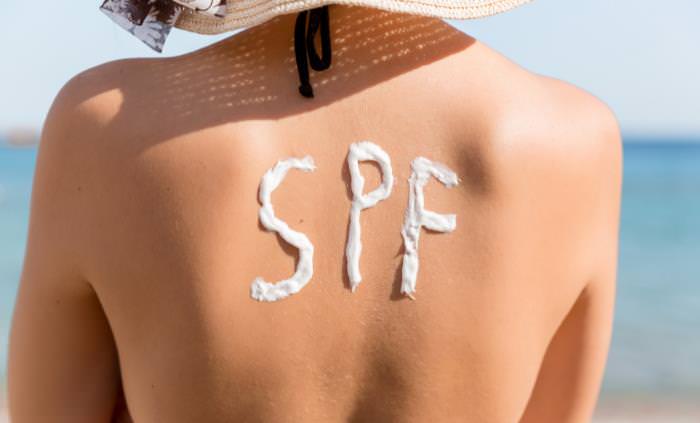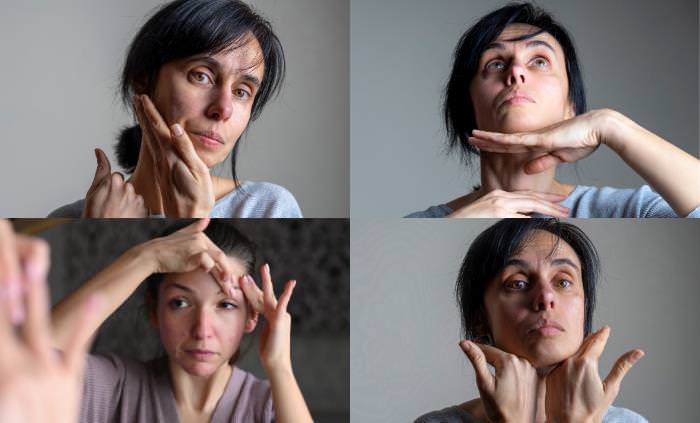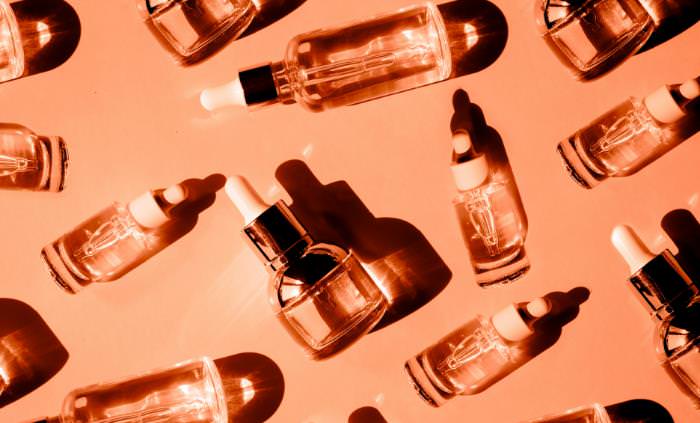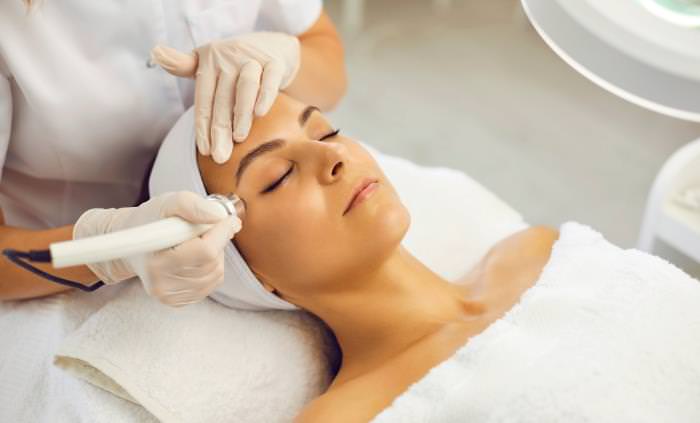Why do we get wrinkles?
As always, we'd like to take an educational approach to this subject, so before we start using jargon and sprinkle the word "collagen" all over this article, it's important to establish what it is in the first place. Collagen is a protein found not only in our skin but also in our bones, blood vessels, tendons, ligaments, and muscles. Or, in short, in almost every connective tissue. It holds everything in place. As we mentioned in the introduction, the natural production of collagen degrades over time, causing our skin to decrease in elasticity. As the collagen in the skin diminishes, along with fat and water stored in the skin, the skin shrinks - causing a wrinkly look. Neck wrinkles will usually appear around your 40s and 50s. The skin of the neck is sensitive and even thinner than that on our faces.
Prevent wrinkles with SPF
As with everything related to our body and health, preventing and performing daily upkeep is much easier than treating a problem once it has occurred. Your number one step to preventing wrinkles is the vigorous use of sunscreen. That is because the UVA rays emitted by the sun are the number one cause of premature aging. The sun emits both UVA and UVB rays. However, they differ in wavelength. UVB will burn you (remember B for burning) while UVA will cause long-term damage of aging: wrinkles and sunspots (remember A for aging). UVA rays are longer than UVB, meaning they can penetrate through clouds and windows. Therefore it is recommended to wear sunscreen every day of the year, even while staying indoors. On sunnier days, renew your layer every 2 hours.
Facial Yoga
Facial yoga or facial exercises will help you increase blood flow and with it oxygenation to the area. It will also help with proper drainage and tightening the muscles of the neck and face area to keep everything looking tight. This goes under the category of traditional medicine (as opposed to western medicine), meaning it has been done for ages, but there isn't any modern scientific research to elaborate on and support its benefits. As the current research stands, facial yoga or yoga, in general, will have the same effects on your body, which is increased flexibility, more oxygen in the blood, and better posture. The latter can help with "tech-neck", the horizontal lines we get on our neck when we look down all day at a screen. Fixing your posture can help with that.
Additional practices in that same category are facial cupping (rooted in Chinese culture), facial massages, using jade rollers, or gua-sha. Note that facial cupping is not recommended for those who have rosacea. As for the use of facial massaging tools, we'd like to debunk the myth that they will increase the production of collagen in the skin. There is no harm in using those tools. They may only help with a most temporary de-puffing of the face, but at the very least they're a nice pampering ritual for a relaxing moment at the end of a long day.
However, they will not smooth out your wrinkles. For maximum de-puffing effect, keep them in the fridge. Some manufacturers market the use of a jade roller specifically. Choosing a healing stone over a steel roller is up to whether you believe in their healing powers or not. But if you do, then please review this guide on how to recognize a fake stone.
As for how to use them, since they're a porous stone we would recommend washing your face, drying it, having the roll, and then finishing with your facial creams and serums. Wash your roller after each use.
Habits to acquire and habits to avoid
Some of your daily habits that can prevent premature wrinkles are:
1. Sleeping on your back. This will diminish a puffy face when waking up.
2. Regular exercising.
3. Incorporate vegetables, fruits, and anti-oxidant foods into your diet. Avoid processed foods.
4. Find a way to manage stress in your life.
5. Try a silicon patch for hydration and smoothing out wrinkles. These go on the face, neck, and chest. You can purchase them online and in drug stores, but make sure to search for medical-grade silicone ones.
6. Get a minimum of 8 hours of sleep.
7. Stay hydrated and apply your sunscreen every single day of the year.
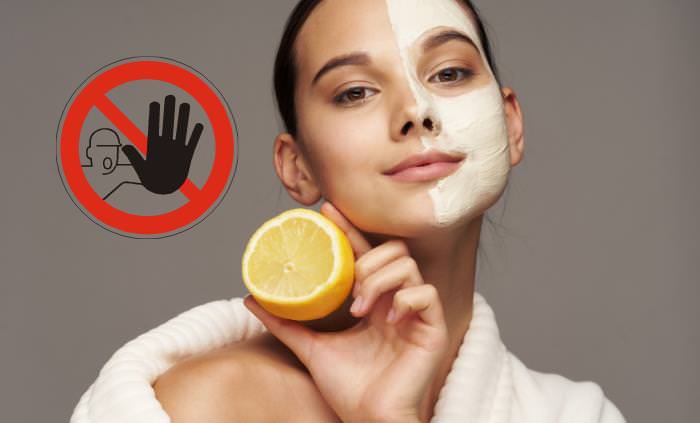
Now, let's discuss what to avoid.
1. Any DIY treatments at home that call to apply anything from your kitchen to your face are not always recommended and should preferably be avoided. That is because, while natural, the active components of foods are not formulated to be put on your face. Acidic and harsh chemicals found in lemon, vinegar, and baking soda can irritate your skin. If they don't irritate you, they also won't yield long-lasting wrinkle-repairing results as, again, they are not formulated to penetrate the cells of your skin. There is a difference between using a raw lemon on your face and using a lemon-extract-based moisturizer. The latter will deliver better, safer results, while the former might harm you and won't deliver long-term benefits.
Using sugar or coffee grounds is also a popular DIY exfoliating method that should be avoided. These substances, specifically coffee, can introduce harmful bacteria to your skin. In addition, the irregular size of the little grains will cause micro-tears on the surface of your skin. This is also the reason we would recommend mild chemical exfoliants over physical exfoliants. These include salicylic acid, glycolic acid, and lactic acid. While there are many more acids, these 3 are most researched.
Still, if you're an avid DIY-er, you can use avocado, oats, and honey on your face. We would still argue that store-bought, chemically-formulated, well-researched products are always safer and more efficient, but we can safely say that there is little to no harm in applying raw avocado, oats, or honey to the skin. These aim to be nourishing and calming.
2. Cut down on alcohol if you consume it excessively.
3. Avoid smoking.
4. Avoid spraying perfume on the neck, put it on the body instead.
Products and ingredients
If you don't have a skincare routine, establishing one can help the health of your skin. It doesn't have to be complex or expensive. Simply cleansing your face with a dedicated, mild soap, followed by a fragrance-free moisturizer and an SPF for the AM, is enough. This will keep your skin nourished and moisturized, and most importantly- protected from the sun. Companies like Aveeno, Cera-Ve, Cetaphil, and the likes, make good, reasonably-priced products.
Additional treatment steps can be added to a routine for anti-aging benefits. Antioxidants (vitamin C being the most prominent one), peptides, and exfoliating acids are naturally-occurring chemicals that protect the skin and have been scientifically proven to increase collagen production and treat fine lines and pigmentation. An antioxidant serum can be used daily in the AM, peptides can be used even twice daily, but chemical exfoliates should be used up to 3 times a week, in the PM, followed by an SPF the next morning as they will make your skin more sensitive to the sun. You can also perform a physical exfoliation with dedicated soaps, but this is much harsher on the skin of the neck.
Besides SPF, which is considered the ultimate gold-standard anti-aging ingredient, there is also retinol. This is a form of vitamin A that has been proven in endless research to increase collagen production in the deep layers of the skin. It can be, however, very irritating to the neck area as it is more sensitive than the face. Simply using an SPF diligently can be enough; the use of additional active ingredients isn't a must.
In-office Procedures on varying levels of invasiveness
In-office procedures will be performed only by a doctor, and their purpose is more to treat rather than prevent wrinkles and sagging skin. These will be more expensive than anything discussed in the article so far, with a price range of 300$ to 2000$ per treatment session.
Ultrasound therapy
This treatment, like many others in this section, delivers heat to the deeper levels of the skin. This heat damages the cells but not the outer layer of the skin, so there is no scarring. The result is an increase in collagen production to make up for the loss of cells, which will gradually culminate in fuller tissues of the skin. You can see results in 3 months. There is no downtime- you can leave the clinic as if nothing happened!
Radiofrequency
This treatment can also be done on any other part of the body to target, apart from wrinkles, cellulite, and stretch marks. Results will be seen within 6 months. There is little to no downtime for this kind of therapy.
Laser resurfacing
These are quite more invasive, so the downtime is 7 days. The results, however, will be seen within 2 weeks.
Please enjoy this video of Dr. Andrea Suarez, a board-certified dermatologist, walking you through the different treatments:


